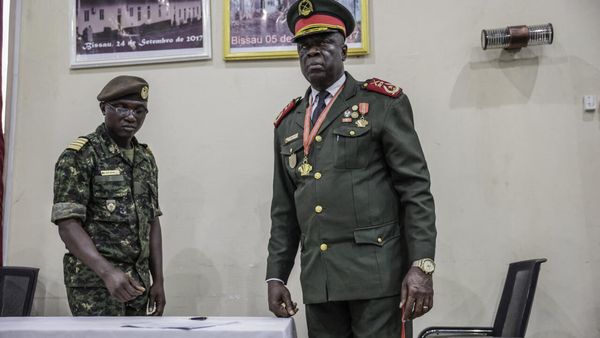
The WRC's control tyre supplier has come in for criticism from WRC drivers in both Croatia and Portugal following a spate of tyre failures.
In Croatia, the issues surrounded an older wet weather specification tarmac tyre that is rarely utilised, while the failures in Portugal came from competitors using the upgraded gravel tyres.
The issues in Portugal were exacerbated by surprisingly rough conditions during Friday as Toyota's Sebastien Ogier, Hyundai's Ott Tanak, M-Sport's Craig Breen and Adrien Fourmaux and Gus Greensmith all suffered punctures.
Pirelli spoke with teams following the event to discuss the performance of its tyres, ahead of last weekend's Rally Sardinia, where its tyres fared much better on the rough gravel stages held in hot conditions. Only Esapekka Lappi (Toyota), Pierre-Louis Loubet (M-Sport) and Fourmaux suffered problems.
The Italian brand says it will now wait to see how its rubber performs on gravel at the Safari Rally in Kenya later this month (June 23-26) before deciding whether it will make any changes to the tyres.
"In Portugal we had a meeting after the punctures," Pirelli's rally activity manager Terenzio Testoni told Autosport.

"From the outside these seemed like a lot, but they were not. We had dedicated meetings with the teams to understand their needs. They told us not to touch the current tyres, because they have references with these.
"Punctures are part of rallying, it has always been like that. However, we have given ourselves as a point to make decisions after Safari. After that we can evaluate and possibly intervene.
"We have never stopped tyre development for this year, but also for next year. The next test is Kenya, a rally where the speeds will be very high and will be so for quite some time, and this will put so much load on the tyre construction.
"The cars will go close to 200 km/h even for two or three kilometres. This will make the tyre heat up and put a strain on it.
"Everything will depend on what we see in Kenya. We will wait for that race and then make the necessary evaluations.
"All things have positive and negative aspects, the positive ones we are seeing. We are evaluating the negative ones and then trying to improve them."







